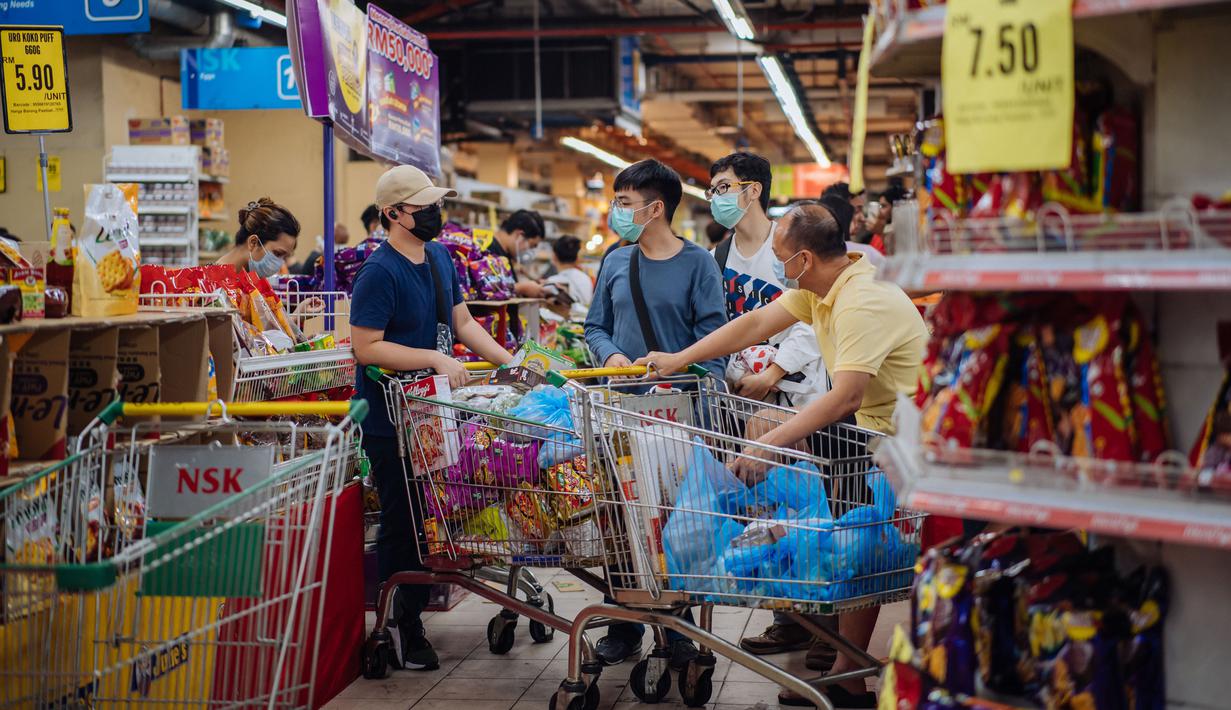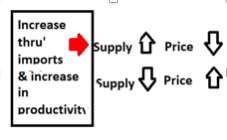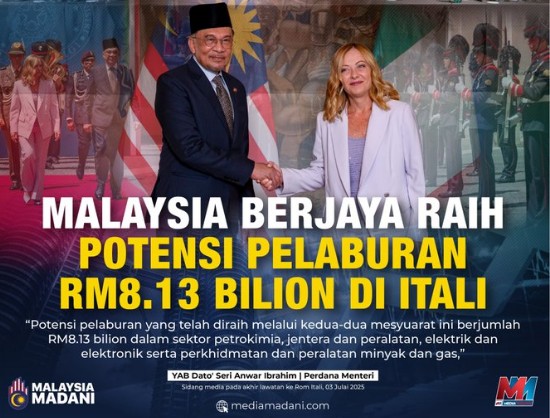Letter to editor
IT appears to me that everyone has missed a key point in Economic Minister Rafizi Ramli’s explanation of high inflation. This is an attempt to make it easy for the layman to understand his recent speech using a few simple charts.
To begin, if the supply of goods exceeds the demand, which is not always the case, the prices of the goods should fall.
In Malaysia, we all know that the shortage of poultry products in the market has driven up the prices, and this has hit us real hard.
However, a drop in the prices of chicken and eggs did cause a drop in the prices of these items. This is what Rafizi, in his explanation, calls the ‘inelastic market.’
Inelastic market
Rafizi was simply stating the fact that, despite a shortage of chicken and eggs in the market, demand is still on the rise, as if people are still willing to pay the higher prices of the poultry products.
Ask yourself this question: In an inelastic market, why would any trader drop the prices of these items?
Imagine waking up one weekend and finding the price of chicken has shot up to RM100 a bird, but you and other consumers are willing to pay the price, so the demand remains high. Because demand is higher than supply, traders will want to keep the prices at RM100.
They will also ensure that there is a continued shortage of supply so that the price will remain high.
Zimbabwe dilemma
In the past, the government has allowed inflation to run wild, and if it is not controlled, it could get out of hand to the point that it could cause the collapse of an entire economy.
The Guardian reported in February 2008 that under the kleptocratic government of Robert Mugabe, Zimbabwe was experiencing an annual inflation rate that skyrocketed to 100,580% in January of that year.
This was, “by far the highest in the world,” the English daily reported.
A kilogramme of chicken cost 15 million Zimbabwean dollars in January 2008. This was a 236,000% increase over the price in January 2007. Just based on today’s currency exchange rate, this is equivalent to a mind-boggling figure of RM206,250 per kilogramme of poultry meat!
Surely, we have not reached this level yet, but our inflation rate has reached a level at which it has also hit middle income households.
An aunty of mine living in Damansara Heights, who is now a retired teacher, just complained to me that with a hundred ringgit, she is able to buy less groceries compared to the past.
Since prices depend on supply and demand for goods, they can be manipulated by cartels that create an artificial shortage of supply. For example, in the US, the farmers are willing to destroy their crops in order to create a shortage that allows them to control the prices of their products.
It would be too naive to say that supply and demand always determine the prices of goods, because other factors also play an important role. This includes the rising cost of chicken feed and transportation, which also increases the production cost.
Currency exchange also plays an important part in the prices of imported goods, especially chicken feed.
Government intervention
Therefore, in order to solve the price of chicken and eggs, the government must take a holistic approach to control inflation before it gets out of hand. The short term remedy is to import these products from overseas, which was recently done by the Agriculture and Food Security Minister Mohamad Sabu.
There is, however, no quick solution. It is time for the present government to come up with a holistic and long term plan to address the supply of chicken feed and boost the production of chickens.
This requires the cooperation of all willing parties to work together to solve the soaring prices of goods. State governments that have control over land should allocate some of the idle pieces of land for the cultivation of sweet corn used for chicken feed. This will also ensure long-term national food security.
Graduates with an agricultural background who are jobless should consider applying for loans to develop the industry in order to ensure a constant supply of chicken feed.
It can also introduce new sources of protein instead of depending on poultry or dairy products.
In the longer term, the country should aim at increasing productivity per capita, which will drive down the prices of goods and the export market. For a long time, we have forgotten this very important index, along with the big Q (quality).
We can learn more about quality by looking at how Japan turned around in developing its market, and from China, which was able to become an economic powerhouse within just a few decades because of its high productivity.
These are just some of the measures that the government can take to intervene in supply and demand. After it has done all this, if the prices of goods are still high, driven by inelastic demand, that is beyond the government’s control.
The onus is on all of us to temporarily stop eating chicken and other poultry products. — Dec 30, 2022
Stephen Ng
Kuala Lumpur
The views expressed are solely of the author and do not necessarily reflect those of Focus Malaysia.












